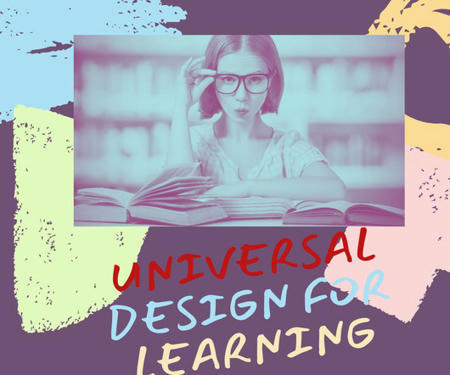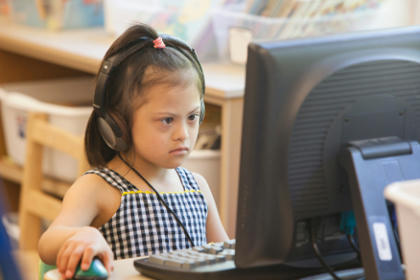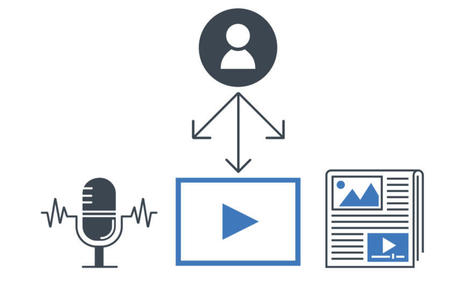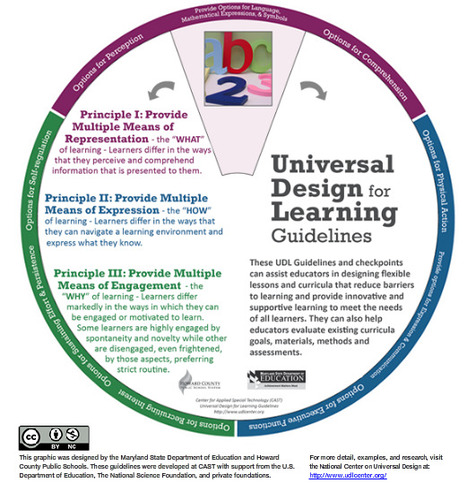Get Started for FREE
Sign up with Facebook Sign up with X
I don't have a Facebook or a X account

 Your new post is loading... Your new post is loading...
 Your new post is loading... Your new post is loading...
No comment yet.
Sign up to comment
|

enrique rubio royo's curator insight,
December 16, 2012 6:27 PM
Síntesis visual, y móvil, de la Universidad de Towson (http://udlwheel.mdonlinegrants.org/), del 'framework' UDL ('Universal Design Learning', www.udlcxenter.org), en la que se recogen el conjunto de principios y 'guidelines', para la mejora del diseño curricular universal, accesible (tanto física como cognitivamente) para todo estudiante.
UDL se basa en la neurociencia, de tal modo que sus tres principios fundamentales se correlacionan con tres regiones o áreas cerebrales (Redes de Reconocimiento, Estratégicas y Afectivas), que evidencian la diversidad y originalidad del aprendizaje de cada persona (con sus habilidades, necesidades e intereses), el cuál para que sea óptimo requiere el funcionamiento simultáneo de dichas tres áreas cerebrales
|














